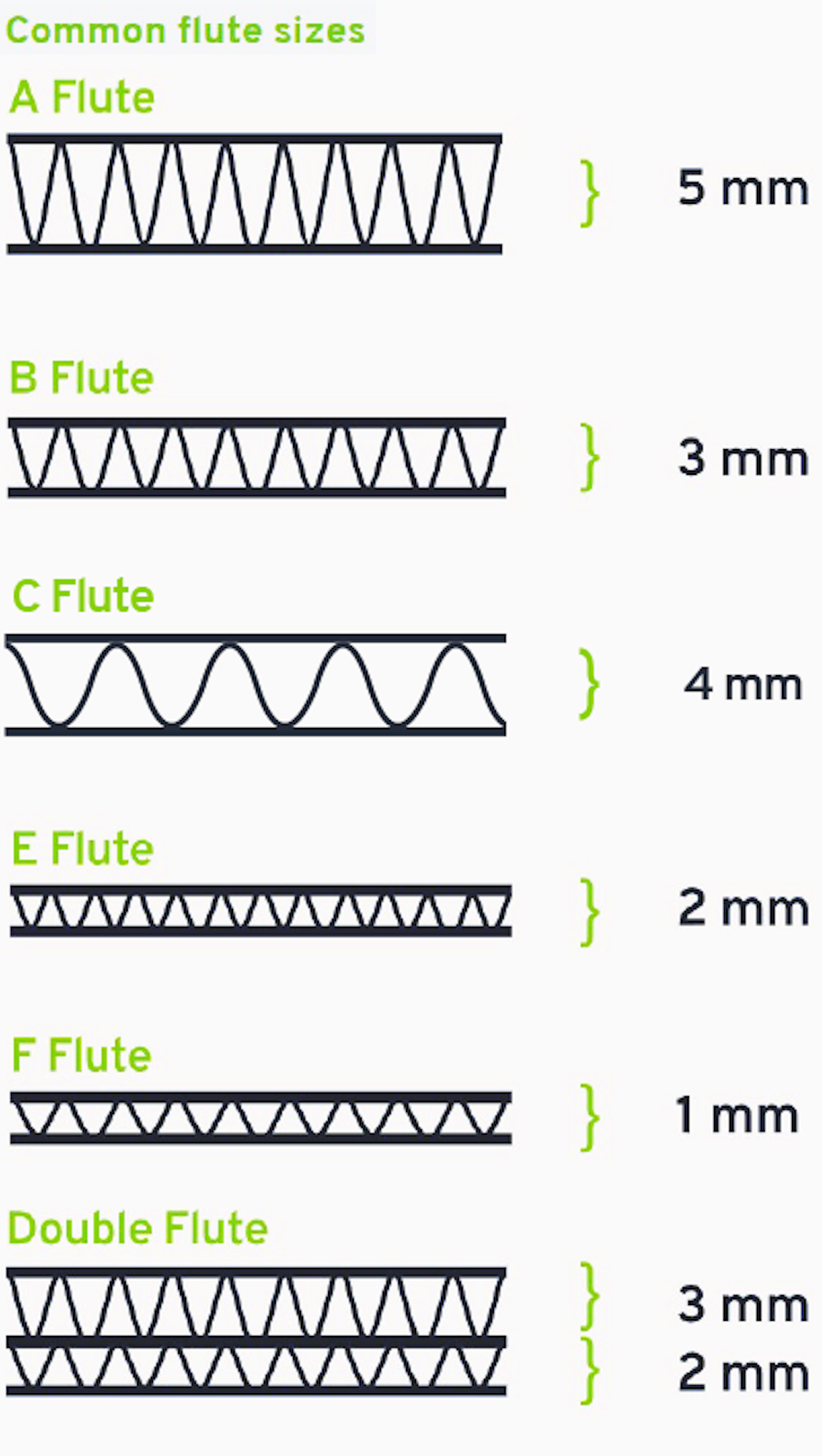However, these two simple terms carry so much more depth, from the safety of your products during transit to the image portrayed of a business. In this blog we will cover off understanding of corrugated board descriptions including types of paper, fluting sizes etc.
Paper
So, the basic paper comes in various forms, suited to different needs which naturally all vary considerably, and directly contribute to the nature and colour of the corrugated case. The forms are as detailed below.
KRAFT – this is the most common form manufactured from softwood trees such as conifers. This paper contains virgin fibres, these fibres are referring to pure, un-recycled paper straight from the source. It is the strongest type of paper to use in the manufacturing of cardboard and is the easiest to print on. This is the most common form of cardboard used due to the fact that it has a higher burst level.
TEST – this paper is double layered which is also known as Duplex paper and is not a virgin material. Therefore this type is not as strong as kraft and not easily printable. The good news is it is a recycle made product and less costly, making it mostly used for the inside liner. Within this this test paper, there are two options T2 which is partly recycled paper liner and T3 which is a fully recycled liner.
These two paper options are the most popular types used for cardboard, however as per every product out there, there are many variations used to tailor to each individual need.
Paper Weights
When looking at the details of the carton, you also need to factor in the weight of the paper. This is measured in GSM, Grams per Square Meter. So if you were using a corrugated board that has a 150gsm Kraft paper liner, it will be shown as 150K, these weights mainly range from 115-300gsm. Again this list is not limited, and there is an extremely wide variety of gsms available.

